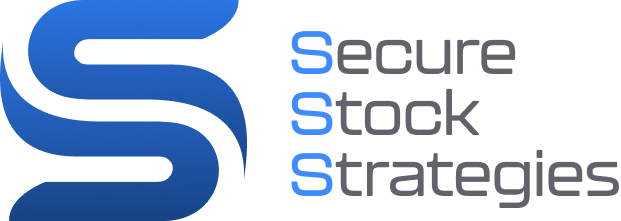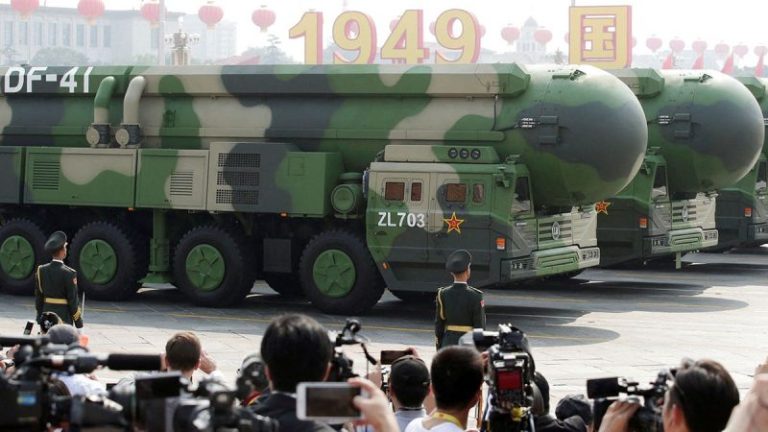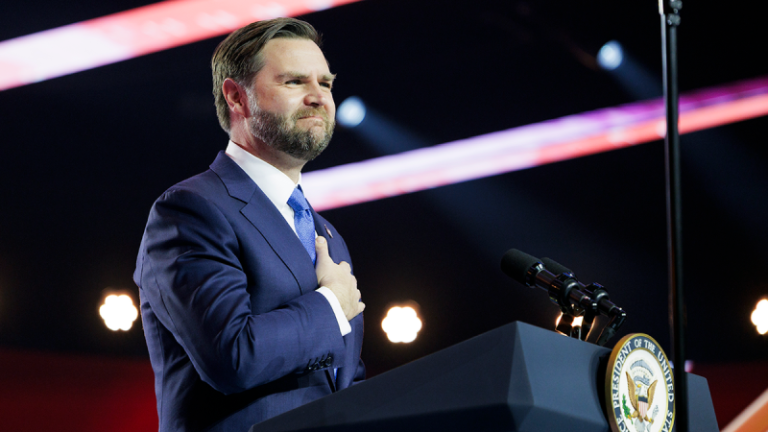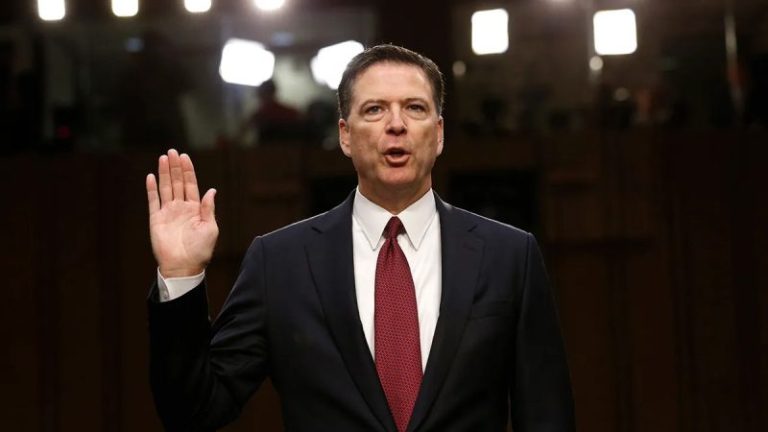China has reportedly loaded more than 100 intercontinental ballistic missiles into three newly constructed silo fields near its border with Mongolia and shows little interest in arms control talks, according to a draft Pentagon report seen by Reuters.
The assessment underscores Beijing’s accelerating military buildup, with the report saying China is expanding and modernizing its nuclear forces faster than any other nuclear-armed power. Chinese officials have repeatedly dismissed such findings as attempts to ‘smear and defame China and deliberately mislead the international community.’
The Pentagon declined to comment when contacted by Fox News Digital about the Reuters report.
Last month, U.S. President Donald Trump said he may pursue denuclearization discussions with China and Russia. The Pentagon report, however, concluded that Beijing does not appear inclined to engage.
‘We continue to see no appetite from Beijing for pursuing such measures or more comprehensive arms control discussions,’ the report said.
According to the assessment, China has likely loaded more than 100 solid-fueled DF-31 intercontinental ballistic missiles into silo fields near the Mongolian border. While the Pentagon had previously disclosed the existence of the silo fields, it had not publicly estimated how many missiles had been placed inside them.
China’s embassy in Washington did not immediately respond to a request for comment.
The report did not identify potential targets for the newly loaded missiles and could change before it is formally submitted to Congress, U.S. officials said.
China’s nuclear warhead stockpile remained in the low 600s in 2024, reflecting what the report described as a slower production rate compared to previous years. Still, Beijing is on track to exceed 1,000 nuclear warheads by 2030.
China says it adheres to a nuclear strategy of self-defense and maintains a no-first-use policy. But analysts say Beijing’s public messaging increasingly contradicts that restraint.
‘For a country that still advocates a policy of ‘no-first use,’ China has become increasingly comfortable showcasing its nuclear arsenal, including parading its nuclear triad together for the first time in September,’ said Jack Burnham, a senior research analyst in the China Program at the Foundation for Defense of Democracies.
Burnham said Beijing’s rejection of arms control talks reflects the pace of its weapons construction. ‘China has no interest in locking in a long-term strategic disadvantage, and every intention of building an arsenal on par with its perceived place in the world, alongside and potentially eventually ahead of the United States,’ he said.
The report also warned that China expects to be able to fight and win a war over Taiwan by the end of 2027. Beijing claims the self-governed island as its own territory and has never ruled out the use of force.
China is refining options to seize Taiwan by ‘brute force,’ including long-range strikes up to 2,000 nautical miles from the mainland that could disrupt U.S. military operations in the Asia-Pacific, the report said.
The findings come as the 2010 New START treaty, the last remaining nuclear arms control agreement between the United States and Russia, approaches expiration. The treaty limits both sides to 1,550 deployed strategic nuclear warheads.
‘What is surprising is that China has now loaded only about 100 of the silos it has built recently,’ said Gordon Chang. ‘That’s an indication money is tight in the People’s Liberation Army.’
Chang warned against extending New START without Beijing’s participation. ‘This is no time for the U.S. to agree to an extension of the New START Treaty with Russia,’ he said. ‘Russia and China are de-facto allies, and they are ganging up on America. Without China in a deal — Beijing has flatly rejected every nuclear arms-control initiative of the U.S. —no treaty can be in America’s interest.’
Reuters contributed to this report.










